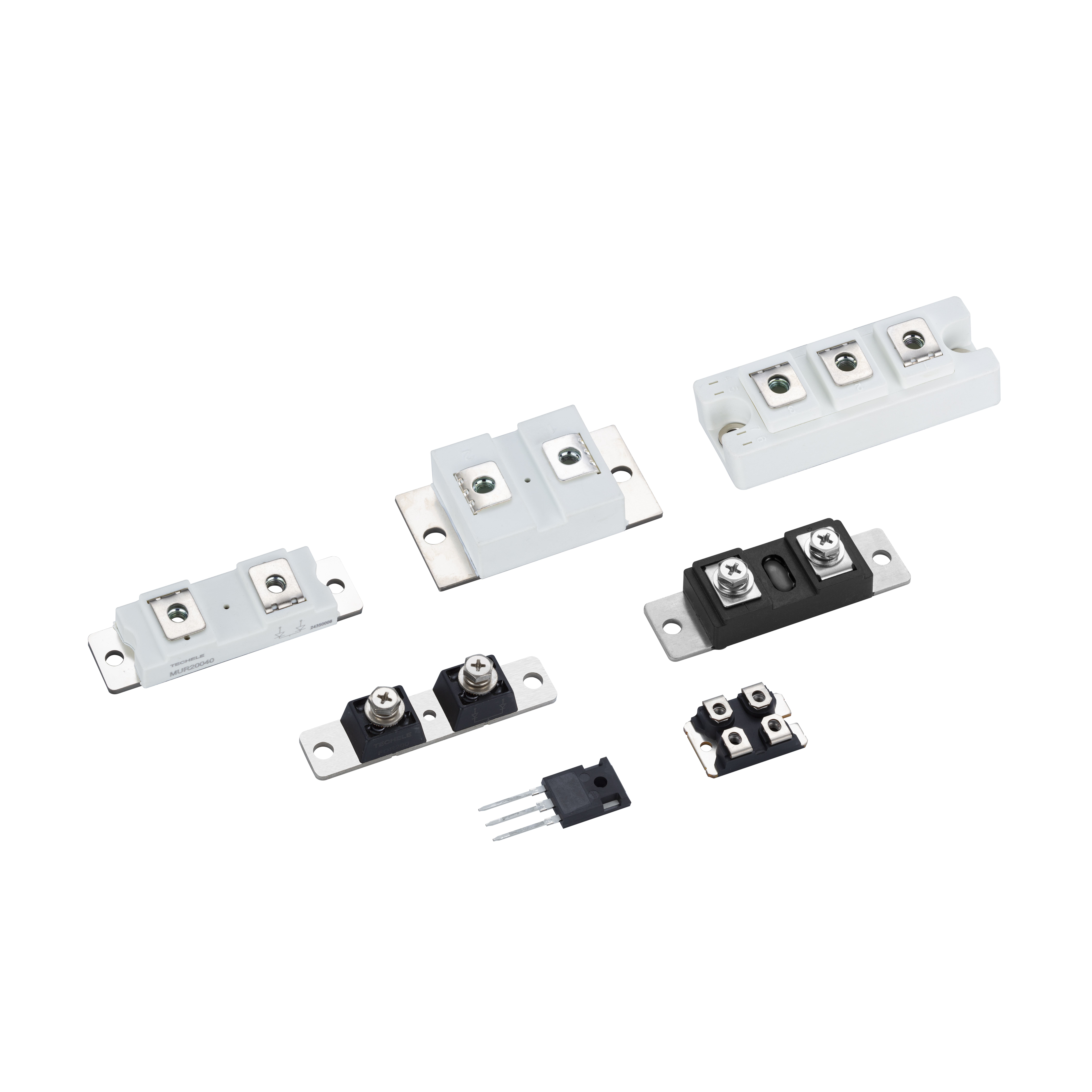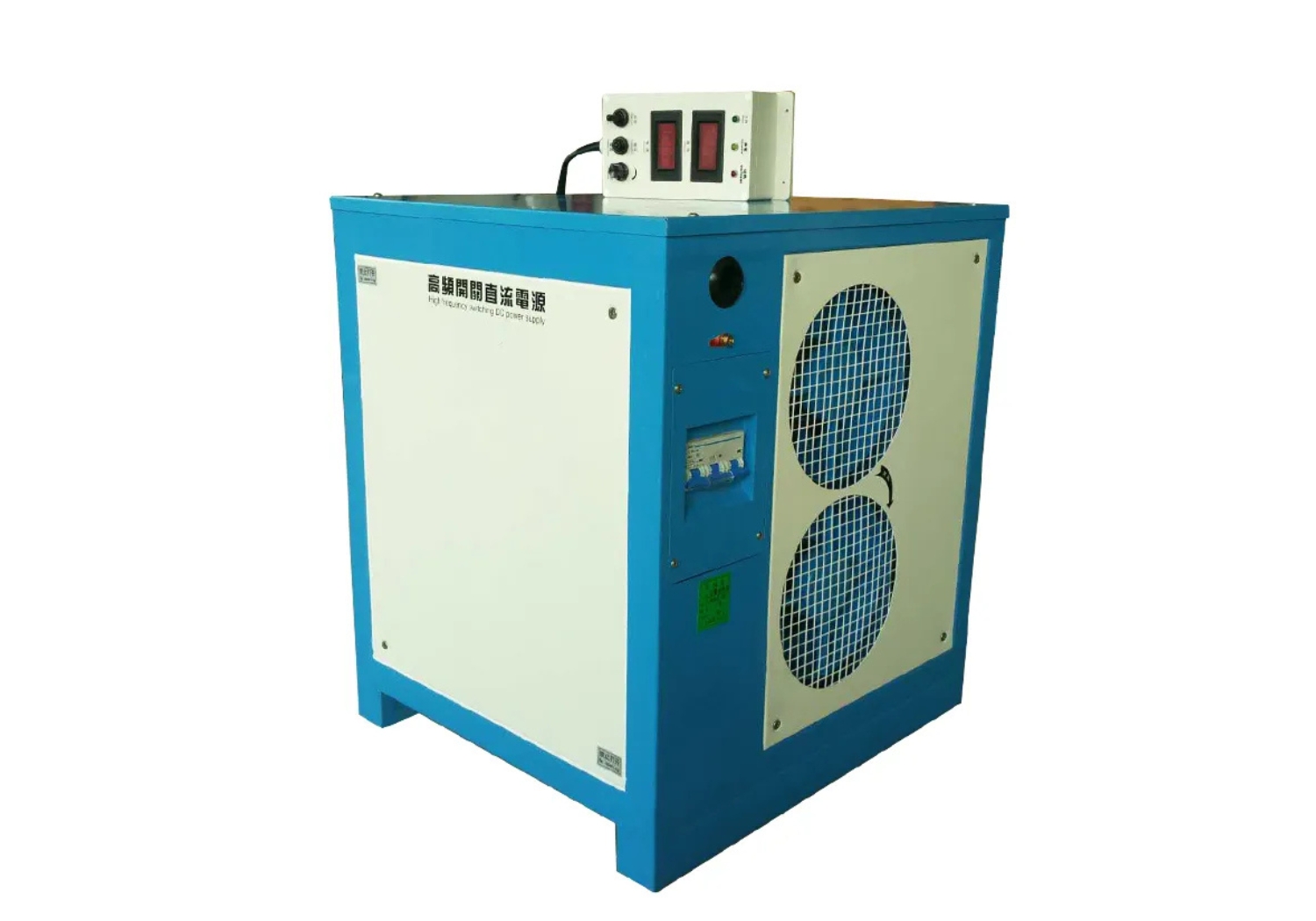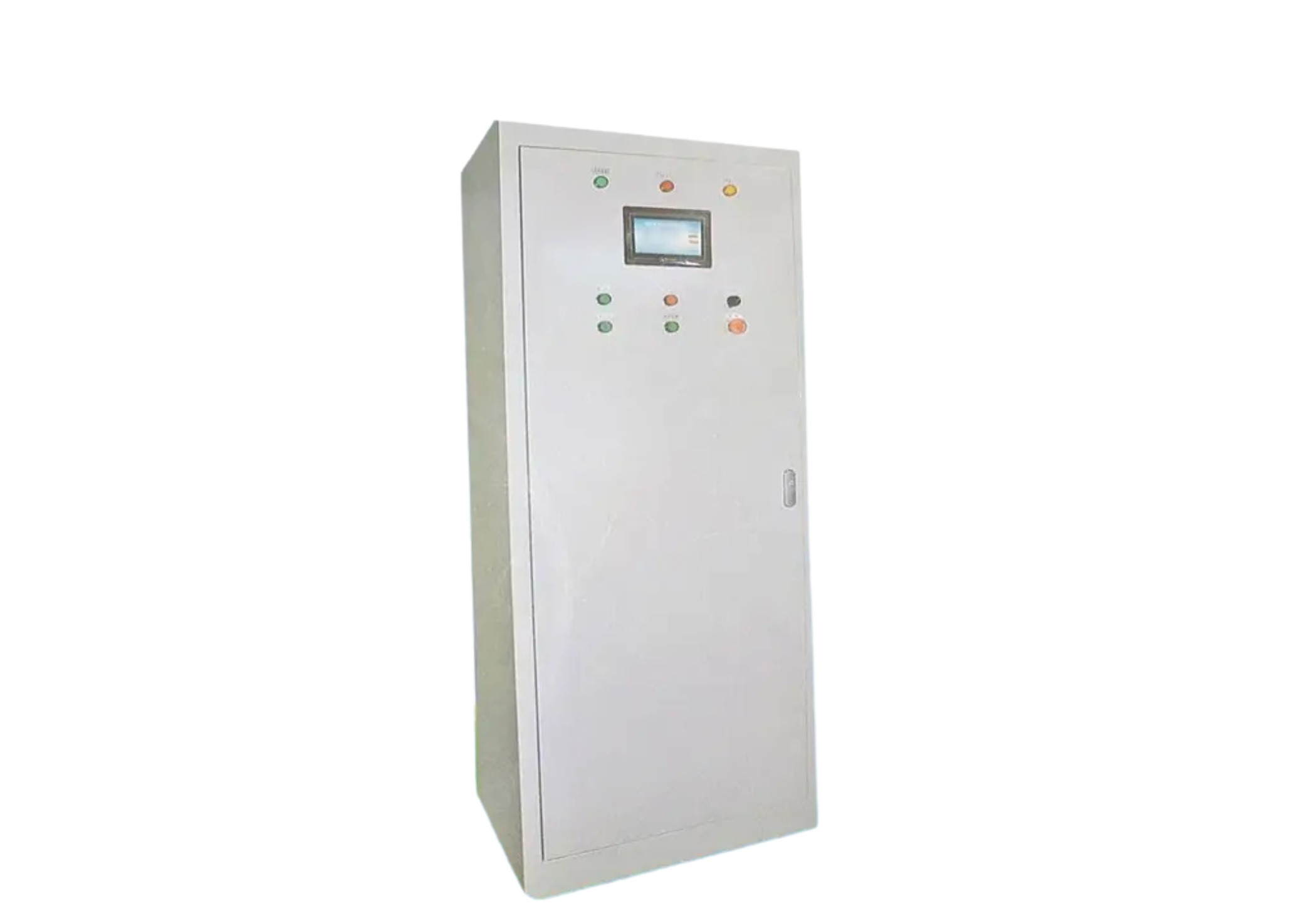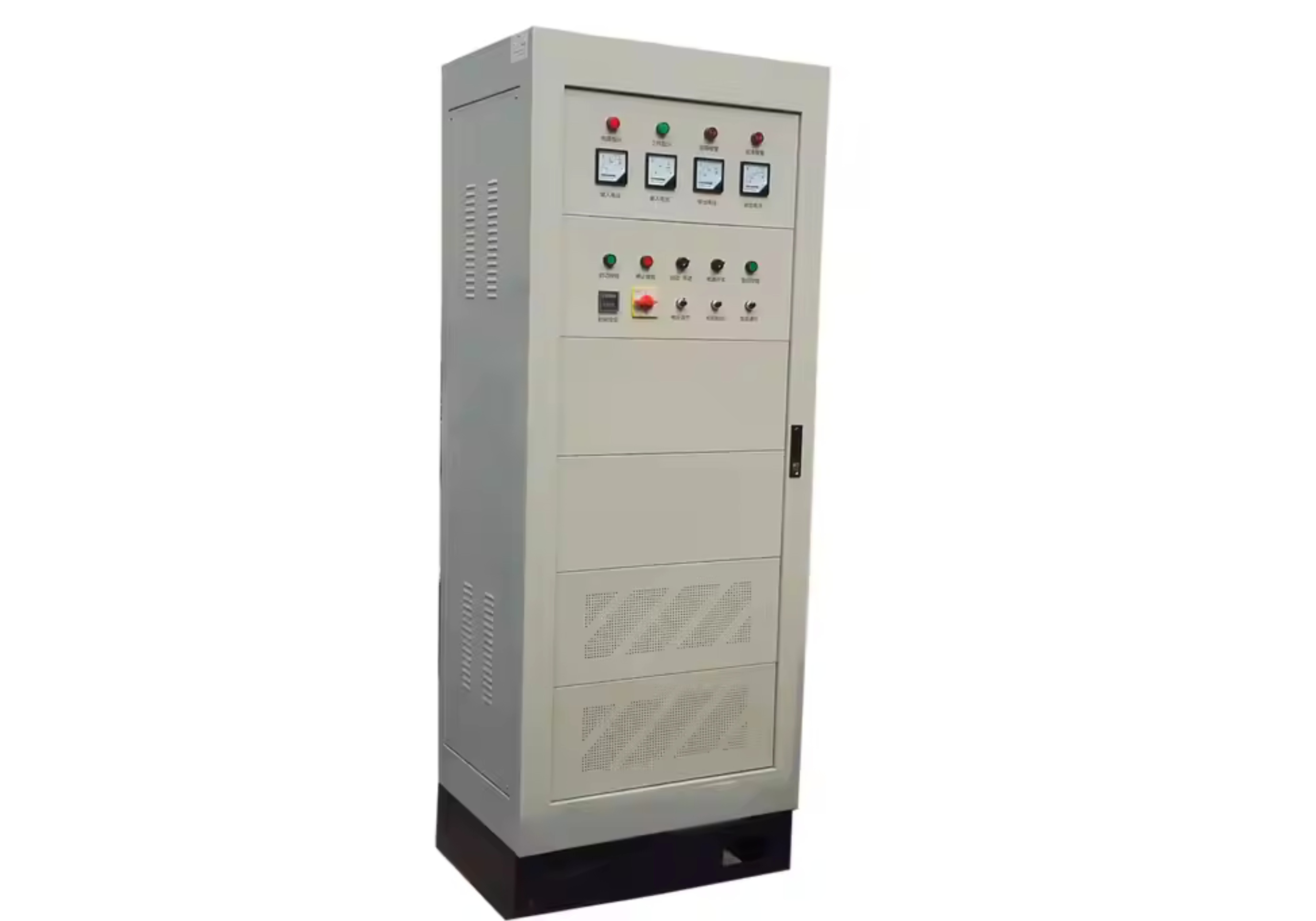Usage Precautions for Thyristor Modules in UPS Systems
Thyristor modules play a vital role in uninterruptible power supply (UPS) systems, providing high-performance switching capabilities. As integral components of power electronics, they ensure the stability and reliability of electrical systems by controlling the power flow efficiently. However, their usage comes with specific precautions that need to be understood for optimal operation and longevity.
1. Understanding Thyristor Modules
Thyristor modules are solid-state semiconductor devices that manage high-power applications. Typically, these modules feature low gate-trigger screw-terminal surge-protection, which is essential for reducing electrical noise and protecting sensitive circuits in UPS systems. The 106A thyristor module is particularly designed for such applications, providing an efficient solution for phase-control in power conversion systems.
2. Low Gate-Trigger Screw-Terminal Surge-Protection
One of the significant features of the 106A thyristor module for UPS systems is its low gate-trigger screw-terminal surge-protection. This feature helps prevent voltage spikes from damaging the module, ensuring that the UPS system operates reliably. For any UPS system, it’s crucial to ensure that thyristor modules are properly connected with low gate-trigger terminals to safeguard against surges. Surge protection is a must, especially in environments prone to power disturbances.
3. The Role of Anti-Parallel Thyristor Modules
Anti-parallel thyristor modules are essential for providing bidirectional control of current flow. In UPS systems, these modules ensure that current can flow both ways, ensuring the proper functioning of the system during various operational phases. The 106A anti-parallel thyristor module offers enhanced performance by effectively handling higher currents. OEM-certified versions of these modules guarantee that they meet industry standards and can be trusted for reliable UPS operation.
4. Phase-Control and Hard-Soldered-Joints for Durability
The performance of a 106A thyristor module for UPS systems is not only dependent on its electrical characteristics but also its construction. A phase-control thyristor module uses hard-soldered-joints to provide durability and long-term reliability. These hard-soldered joints ensure that the connections inside the module remain stable even under thermal stress, a common issue in high-power UPS systems. The low forward-voltage characteristic of these modules further enhances their efficiency by reducing energy loss during operation.
5. Maintenance and Handling for Extended Lifespan
To extend the lifespan of thyristor modules in UPS systems, regular maintenance is crucial. This includes inspecting the modules for signs of wear and tear, especially around the gate-trigger and soldered-joint areas. Additionally, operators should ensure that modules are used in environments where the temperature is regulated and the components are shielded from excessive dust and moisture.
Proper installation of the 106A thyristor module for UPS systems is also vital. It’s important to follow the manufacturer's guidelines carefully to ensure that all electrical connections are made securely, especially when dealing with surge-protection and gate-trigger terminals.
Conclusion
Using thyristor modules in UPS systems requires adherence to certain precautions to ensure their optimal performance. By understanding the importance of low gate-trigger screw-terminal surge-protection, anti-parallel functionality, phase-control hard-soldered-joints, and other key features, operators can improve the reliability and efficiency of their UPS systems. With the correct handling and maintenance, the 106A thyristor module will continue to provide exceptional performance in critical power applications.






